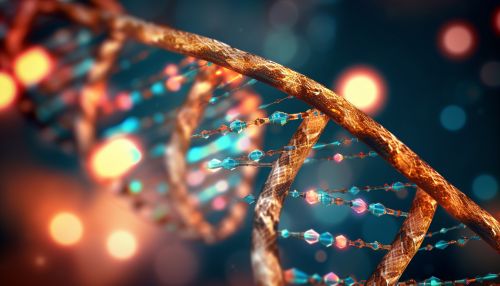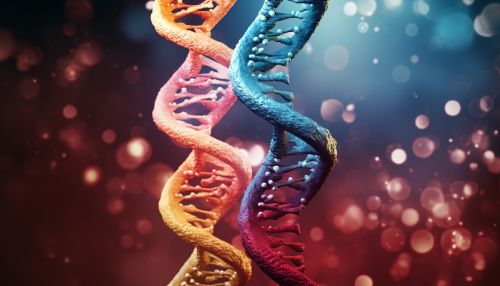Genetic Variation
Introduction
Genetic variation refers to the diversity in the genetic makeup of individuals within a population. It is a fundamental aspect of biology, playing a crucial role in the process of evolution and the survival of species. Genetic variation occurs due to changes or differences in the genetic material, which is composed of deoxyribonucleic acid (DNA) and ribonucleic acid (RNA). This article delves into the concept of genetic variation, its causes, types, significance, and its role in evolution and disease.


Causes of Genetic Variation
Genetic variation arises from several sources, primarily mutations, gene flow, and sexual reproduction.
Mutations
Mutations are changes in the DNA sequence of a cell's genome. They can occur spontaneously during DNA replication or as a result of exposure to certain environmental factors such as radiation or chemicals. Mutations can lead to new alleles, which are different forms of the same gene, thus contributing to genetic variation.
Gene Flow
Gene flow is the transfer of genetic variation from one population to another. If genes are transferred between populations that are not genetically identical, the recipient population may gain new alleles, increasing genetic variation.
Sexual Reproduction
Sexual reproduction is a significant source of genetic variation. During meiosis, the process that produces sex cells, genetic material is shuffled and recombined, creating new combinations of genes. This, coupled with the random fertilization of eggs by sperm, leads to offspring that are genetically different from their parents.
Types of Genetic Variation
Genetic variation can be categorized into two main types: genotypic and phenotypic variation.
Genotypic Variation
Genotypic variation refers to differences in the genetic makeup or genotype of individuals. This includes differences in the DNA sequence, such as single nucleotide polymorphisms (SNPs), insertions, deletions, and copy number variations.
Phenotypic Variation
Phenotypic variation is the observable differences in the physical or physiological traits of individuals. These traits can be influenced by both genetic factors and environmental conditions. For example, height is a trait influenced by multiple genes and environmental factors such as nutrition.


Significance of Genetic Variation
Genetic variation is essential for the survival and evolution of species. It provides the raw material for natural selection to act upon, allowing populations to adapt to changing environments. Without genetic variation, a population may not be able to adapt to new environmental pressures, such as changes in climate or the emergence of new diseases, which could lead to its extinction.
Genetic Variation and Disease
Genetic variation can also influence susceptibility to diseases. Certain genetic variants may increase the risk of developing specific diseases, while others may provide protection against diseases. Understanding the genetic variation underlying disease risk can help in the development of personalized medicine, where treatments are tailored to an individual's genetic makeup.


Genetic Variation and Evolution
Genetic variation is the cornerstone of evolution. Through the process of natural selection, certain genetic variants that confer a survival advantage are more likely to be passed on to the next generation. Over time, these advantageous genetic variants become more common in the population, leading to evolutionary change.


Conclusion
In conclusion, genetic variation is a fundamental aspect of biology, underpinning the process of evolution and influencing disease susceptibility. It arises from several sources, including mutations, gene flow, and sexual reproduction, and can be observed at both the genotypic and phenotypic level.
